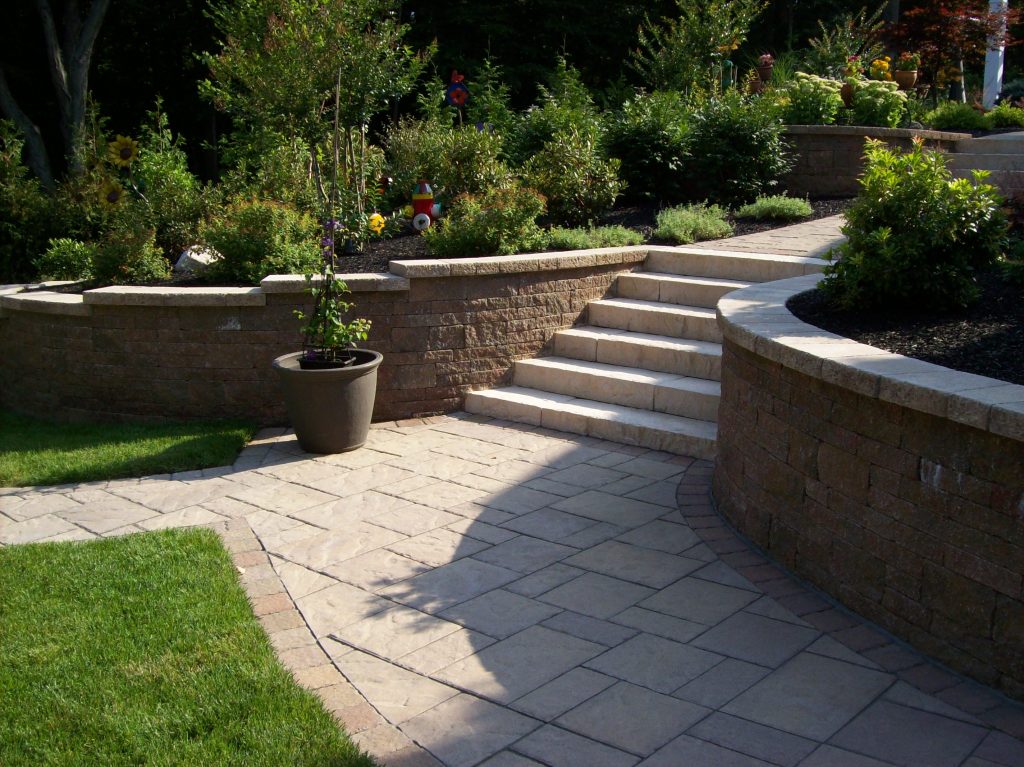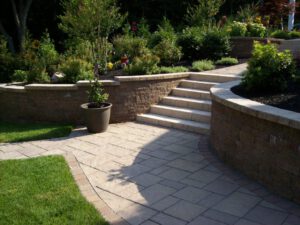A mortgage is a loan to buy property that secures the lender’s claim on that property. In the event of default, the lender can take over and sell the secured property.
Before applying for a mortgage, checking your credit score and credit report is important. This will help ensure that you’re ready to make a down payment and get the best rate possible. Visit https://www.stevewilcoxteam.com/ for more details.
A mortgage is a type of loan that’s secured by real estate property. It is a contract between the borrower and lender in which the borrower promises to repay the loan plus interest over a set term, and the lender agrees to take possession of the property in case of default. In the United States, mortgages are typically financed with a fixed interest rate for the initial term of the loan. After that, the rate may be adjustable based on market conditions. In addition to the interest rate, there are also fees and other expenses associated with the mortgage. These can include a processing fee, an appraisal fee, and title insurance.
There are several different types of mortgages, each with its own terms and conditions. For example, some mortgages are backed by government-sponsored enterprises, such as Fannie Mae and Freddie Mac, while others are sold to private investors. The lender may also be subject to state or federal regulations, and the borrower may have additional requirements, such as the purchase of home insurance and mortgage insurance. There are also other factors that can influence the cost of a mortgage, including its length and interest rate.
It’s important to understand the basics of a mortgage before you start looking for one. The loan is the largest and longest-term debt that you’ll probably ever have, so it’s a good idea to spend some time understanding what makes it unique from other types of loans.
Unlike other kinds of debt, a mortgage is secured by real property, usually a house. This is why it is called a mortgage loan. In order to qualify for a mortgage, you must be able to afford the repayments, which are based on the value of your property and your income.
Mortgages are an important part of the financial system because they help make homes affordable for many people who otherwise would not be able to afford them. However, they can also lead to foreclosure and other problems if the borrower fails to meet their payments.
Because of the risk involved, mortgages are primarily borrowed from banks and other lenders, rather than directly from individuals. These lenders then sell the mortgages to investors through a process known as securitization.
Applying for a mortgage
As a homebuyer, it’s critical to understand the mortgage loan process. It’s likely the largest and longest-term loan you will ever take out, and it comes with many strings attached. It requires a substantial upfront deposit or down payment and regular monthly payments. It also gives the lender legal ownership of your property, in case you default on your loan payments. The type of mortgage you choose depends on your financial situation and the type of property you want to buy.
Mortgage lenders use several factors to determine whether you’re a good candidate for a mortgage, including your credit score and debt-to-income ratio. The higher your credit score, the lower your mortgage rate. To help ensure your credit is healthy, consider using a free or paid credit monitoring product to make sure your report contains no inaccuracies that could affect your score.
There are several ways to apply for a mortgage, including online applications and over the phone. You’ll need to provide a variety of documentation to the lender, including income verification and employment information. You may also need to supply documents proving your identity. In addition, you’ll need to show where you’re getting the money for your down payment and get a gift letter if you’re borrowing funds from friends or family.
If you’re unsure about how to proceed, consider consulting with a mortgage professional. They can explain the mortgage process and help you determine what loan program is best for you. Choosing the right mortgage can save you thousands of dollars in interest and fees, and reduce your monthly payments over time.
There are a number of mortgage options available, from conventional to FHA and jumbo loans. Each offers different advantages and features. Generally, larger banks can offer more convenience for borrowers and feature a wider range of products. However, smaller banks can often offer more personalized service and competitive rates. They may also have better access to local market trends. You may also wish to consider a credit union, which can process many types of mortgages and offer a more personalized customer experience.
Getting preapproved for a mortgage
Preapproval is a step in the mortgage process that gives home buyers an idea of how much they can afford to spend on a home. It involves a full review of the borrower’s financial profile including assets, income and debt. The lender also performs a credit check to see how the borrower has managed their credit over time. A preapproval can save a lot of time and frustration during the mortgage loan application and approval process, because it shows potential lenders that a borrower is serious about buying a home.
The preapproval process varies from lender to lender, but most offer the option to complete an online application or provide financial documentation by phone or in person. Some mortgage lenders have self-service preapproval options that allow applicants to submit their information and receive an answer within minutes. This is the fastest and easiest way to get preapproved for a mortgage.
Getting preapproved for a mortgage can help borrowers narrow their search for homes and make a stronger offer when they find one. However, the preapproval is only valid for a specific period of time and may need to be updated if there are changes in the borrower’s financial situation or the purchase of a new home.
When applying for a mortgage, a lender will use the borrower’s debt-to-income (DTI) ratio to determine how much mortgage payment they can afford to make each month. In general, a mortgage payment can be no more than 28 percent of the borrower’s monthly gross income. This includes the mortgage, as well as other monthly debt payments like student loans and car loans.
To determine what you can afford, a lender will take into account your employment history, the amount of money you have saved for a down payment and closing costs and any other sources of income, such as child support or alimony. The lender will also consider the borrower’s credit report to assess the risk of the loan and make sure that the borrower can repay the debt on time.
When shopping for a mortgage, be sure to compare rates from several lenders. LendingTree research shows that borrowers who shop can save thousands of dollars in interest. When comparing rates, it is helpful to gather the Loan Estimates on the same day so that they are comparable apples-to-apples.
Getting a mortgage loan
A mortgage is a legal agreement that gives the lender the right to take your property if you don’t repay the money you borrowed plus interest. It’s a large and long-term loan, so it’s important to understand all of the terms before you sign on the dotted line. This is why it’s important to shop around and compare lenders before making a final decision. You may also want to consider using a mortgage broker who can help you find the best deal.
When applying for a mortgage, the lender will review your personal information and verify your income to evaluate how much you can borrow. You may also need to provide other documentation, such as proof of assets and other debts. The loan process can be lengthy, so it’s important to prepare ahead of time by gathering necessary documentation and preparing your credit reports. It’s also a good idea to get preapproved for a mortgage, as this can make the home shopping process much faster.
Once you’re approved for a mortgage, you’ll be provided with documents to sign at closing. These documents include a promissory note, which says that you promise to pay back the money you borrowed, and a security instrument, which gives the lender the right to foreclose on your property if you fail to make payments. You’ll also receive a loan estimate, which provides details on the loan amount and interest rate, as well as all estimated costs of the loan.
You should always read these documents carefully before signing, and ask questions if you don’t understand something. It’s also a good idea for you to have an attorney or other representative review the documents before you sign them.
Before closing on a mortgage, ensure you have enough funds to cover the closing costs. These costs could include appraisal, attorney, title search, and property inspection fees. They can be as high as 2% to 6% of the total loan amount. You should also have enough funds to cover a down payment and the escrow deposit for a few months of property taxes and insurance payments.



